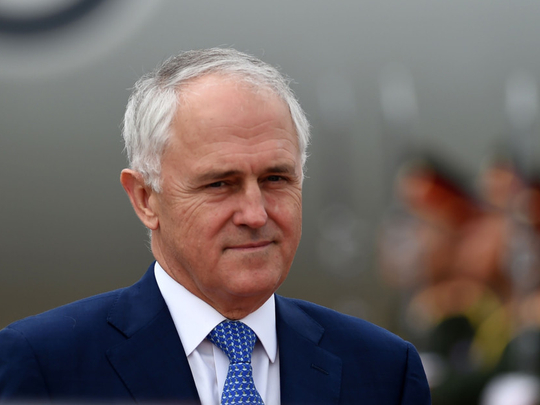
There are many sides to the refugee debate in Australia, but an overarching question is this: How can we create a more sustainable and humane policy that accords with international law?
I was challenged to identify a single intervention that could have this effect. It seemed a formidable task, but the answer is quite simple if we go back to first principles.
We could insert a legislative requirement that Australian law must be interpreted in good faith, in accordance with our responsibilities under international refugee law and international human rights law. In most democratic countries, no one would blink at such a proposal. It simply reflects basic rules of international law. It’s sobering that in Australia, a provision like this would be seen as radical.
Australia is the only country whose law explicitly says it is “irrelevant” whether or not its non-refoulement obligations are engaged when removing an asylum-seeker. Indeed, under the Migration Act, an official’s duty to remove such a person “arises irrespective of whether there has been an assessment, according to law, of Australia’s non-refoulement obligations in respect of the non-citizen”.
The principle of non-refoulement is the cornerstone of the international refugee regime. If there is one thing on which all states agree — even those that are not parties to the Refugee Convention — it is that this principle is sacrosanct. It prohibits the return of people to places where they risk being persecuted, tortured, subjected to cruel, inhuman or degrading treatment or punishment, or arbitrarily deprived of life.
This month, the principle will be reaffirmed unreservedly in the political declaration that world leaders will adopt at the United Nation’s Secretary-General’s summit on refugees in New York. To my knowledge, Australia is also the only country to have deleted all references to the refugee convention from its domestic law. Instead, it has replaced them with a “self-contained statutory framework” setting out Australia’s own interpretation of its protection obligations under the refugee convention. International law makes clear that states do not have the right to auto-interpret their treaty obligations.
Basic rules of treaty interpretation state that a treaty must be interpreted in good faith, and in accordance with the ordinary meaning to be given to its terms in their context, and in the light of the treaty’s object and purpose. Furthermore, asserting that a treaty obligation is inconsistent with domestic law provides no justification for breaching it.
If Australia did insert a legislative provision requiring a principled, good-faith interpretation in accordance with international refugee law and international human rights law, Australia’s approach to asylum would necessarily change.
Responsibility to protect
For a start, it would flip Australia’s focus towards the responsibility to provide protection, as part of a global cooperative effort, rather than deflecting those in need. It would mean that people seeking asylum would live in the Australian community, not in closed mandatory detention.
Offshore processing could not continue and families would not be separated. Children’s best interests would be a primary consideration in every decision affecting them. Refugees would be welcomed into Australian society quickly, resulting in greater cultural, economic and social benefits over time. People would not be pushed back at sea without the opportunity to have their protection claim thoroughly examined and reviewed. By learning from history and effective practices, Australia could model “protection in action”. In turn, it could help to grow the capacity for protection and assistance within the Australian region. Australia would then regain its international reputation as a welcoming country that respects human rights and the rule of law... and would also save a lot of money.
Refugees and other vulnerable migrants embark on dangerous land and sea journeys because there are no safe alternatives. Governments could rectify this situation, and save lives, with some simple policy changes — for instance, by creating humanitarian visas allowing travel to places of safety, by increasing resettlement, or by abolishing carrier sanctions that impose hefty fees on airlines that transport people without visas. Acknowledging that forced migration will continue for as long as war, persecution and human rights violations continue, it is imperative that Canberra adopts a policy that does the least damage to people who have been forced to leave their homes.
Our current approaches are not sustainable, fiscally responsible or protection-sensitive. We must develop and promote durable, legal and humane solutions for people in need of protection. A new Australian approach should not be considered a sign of weakness or a policy backflip, but rather a considered response to the legal and moral imperative to take a leading role in an area of acute global need.
— Guardian News & Media Ltd
Jane McAdam was one of the speakers at ‘Can we solve the asylum crisis?’, a Guardian workshop, supported by Maurice Blackburn Lawyers, at the Festival of Dangerous Ideas in Sydney.










